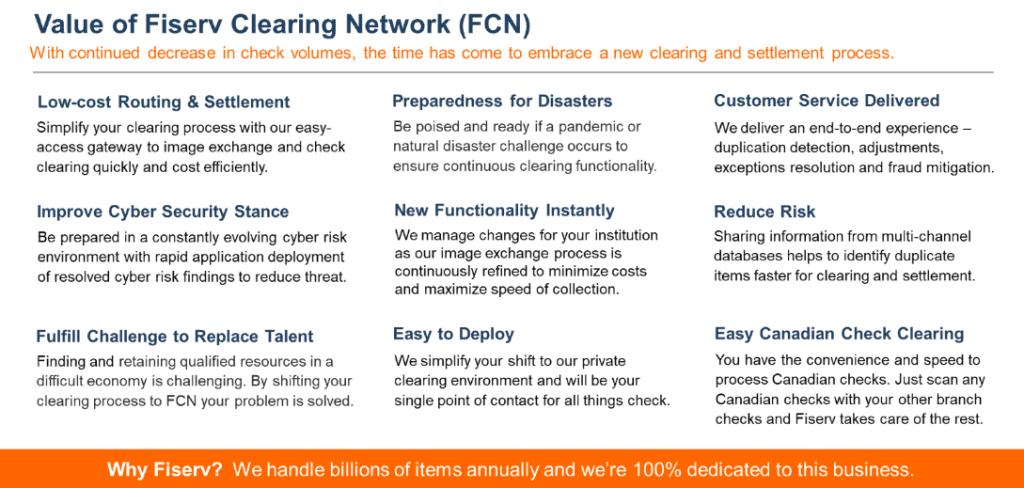Understanding VA Loan Underwriting: A Comprehensive Guide for Veterans and Active-Duty Service Members
#### What is VA Loan Underwriting?VA loan underwriting is the process through which lenders assess the creditworthiness and risk associated with a borrower……
#### What is VA Loan Underwriting?
VA loan underwriting is the process through which lenders assess the creditworthiness and risk associated with a borrower applying for a VA loan. This specialized underwriting process is designed specifically for veterans, active-duty service members, and certain members of the National Guard and Reserves. The goal is to ensure that those who have served the country can obtain affordable home financing options.
#### The Importance of VA Loan Underwriting
VA loan underwriting is crucial because it helps protect both the lender and the borrower. For veterans and service members, it ensures they receive the benefits they deserve while also maintaining the integrity of the VA loan program. Lenders must follow specific guidelines set by the Department of Veterans Affairs (VA) to evaluate the borrower's financial situation, including credit history, income, and debt-to-income ratio.
#### Key Components of the VA Loan Underwriting Process
The VA loan underwriting process involves several key components:
1. **Credit Assessment**: Underwriters will review the borrower’s credit report to evaluate their credit score and history. While the VA does not set a minimum credit score, most lenders prefer a score of at least 620.
2. **Income Verification**: The underwriter will verify the borrower’s income through pay stubs, tax returns, and other documentation. This step is essential to ensure that the borrower has a stable income to support mortgage payments.

3. **Debt-to-Income Ratio (DTI)**: The underwriter will calculate the borrower’s DTI ratio, which compares monthly debt payments to gross monthly income. For VA loans, the preferred DTI is typically 41%, but exceptions can be made for borrowers with strong credit profiles.
4. **Property Appraisal**: A VA-approved appraiser will assess the property to determine its value and ensure it meets the VA’s minimum property requirements. This step is vital to protect the borrower from overpaying for a home.
5. **Residual Income Analysis**: Unique to VA loans, the residual income analysis assesses the borrower’s ability to cover living expenses after all debt obligations are met. This ensures that veterans and service members can maintain a decent standard of living after making mortgage payments.
#### Common Challenges in VA Loan Underwriting
While VA loans offer many benefits, the underwriting process can come with challenges. Some common issues include:
- **Insufficient Documentation**: Borrowers must provide accurate and complete documentation. Missing or incomplete information can delay the underwriting process.

- **Credit Issues**: Borrowers with low credit scores or negative credit history may face challenges in securing approval. However, there are options available for those looking to improve their credit before applying.
- **Property Appraisal Concerns**: If the appraised value of the home is lower than the purchase price, it can complicate the underwriting process. Borrowers may need to negotiate with the seller or reconsider their offer.
#### Tips for a Smooth VA Loan Underwriting Process
To ensure a smooth underwriting process, borrowers can take several steps:
1. **Prepare Documentation**: Gather all necessary financial documents early in the process, including income verification, tax returns, and credit information.
2. **Improve Credit Score**: If possible, work on improving your credit score before applying for a VA loan. Pay down debts and ensure all bills are paid on time.

3. **Communicate with Your Lender**: Stay in close contact with your lender throughout the process. They can provide guidance and help address any issues that arise.
4. **Be Patient**: The underwriting process can take time. Being patient and understanding the process can help reduce stress.
#### Conclusion
VA loan underwriting is a vital step in securing a home loan for veterans and active-duty service members. Understanding the process, being prepared, and working closely with your lender can lead to a successful outcome. By navigating the underwriting process effectively, veterans can take full advantage of the benefits offered by VA loans, making homeownership a reality for those who have served our country.